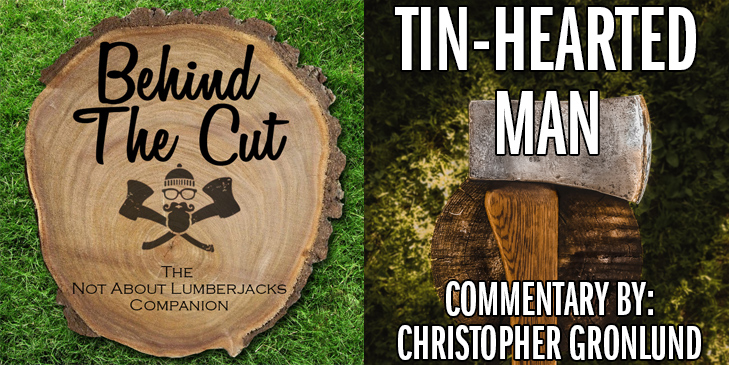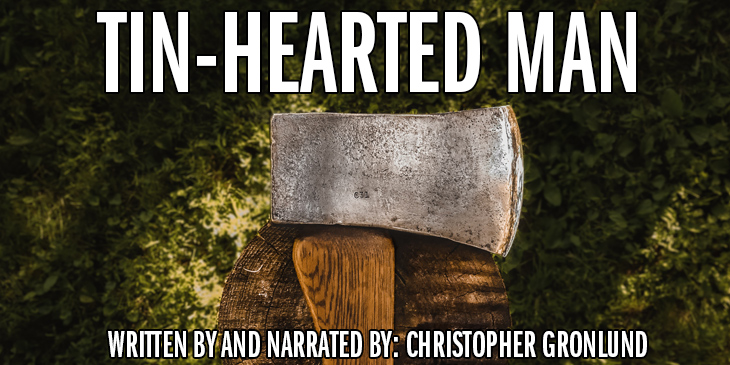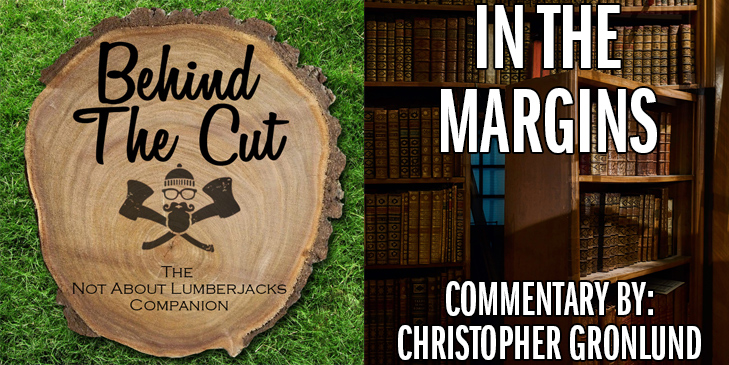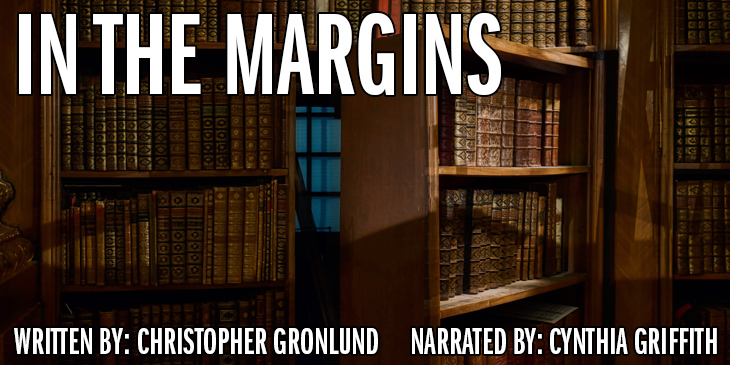
This year’s Christmas episode consists of four stories wrapped inside a bigger story.
- “When Anders Came Home for Christmas”: An estranged family member returns home on Christmas Eve.
- “Santa’s Sad Helper”: An unemployed factory worker takes a job as a Santa’s helper in the hope of making enough money for Christmas presents.
- “The Nutcracker and Elf”: Tradition and modernism battle for the true spirit of Christmas.
- “The Red Thief”: A new friendship forms when items begin going missing.
- “Trollsson”: The legend of the Sleeping Mountain.
Content Advisory: “When Anders Came Home for Christmas” deals with family drama, cartoon violence, crude humor, monsters, loss of loved ones, and alcohol consumption. Unless you consider “asshole” swearing, this is the third story in a row without rougher language. I’m sure I’ll remedy that in 2023!
* * *
Credits:
Music: Theme – Ergo Phizmiz. Story – Various Christmas tunes, all licensed from Epidemic Sound.
Story and Narration: Christopher Gronlund.
Podcast: Play in new window | Download
Subscribe: RSS



